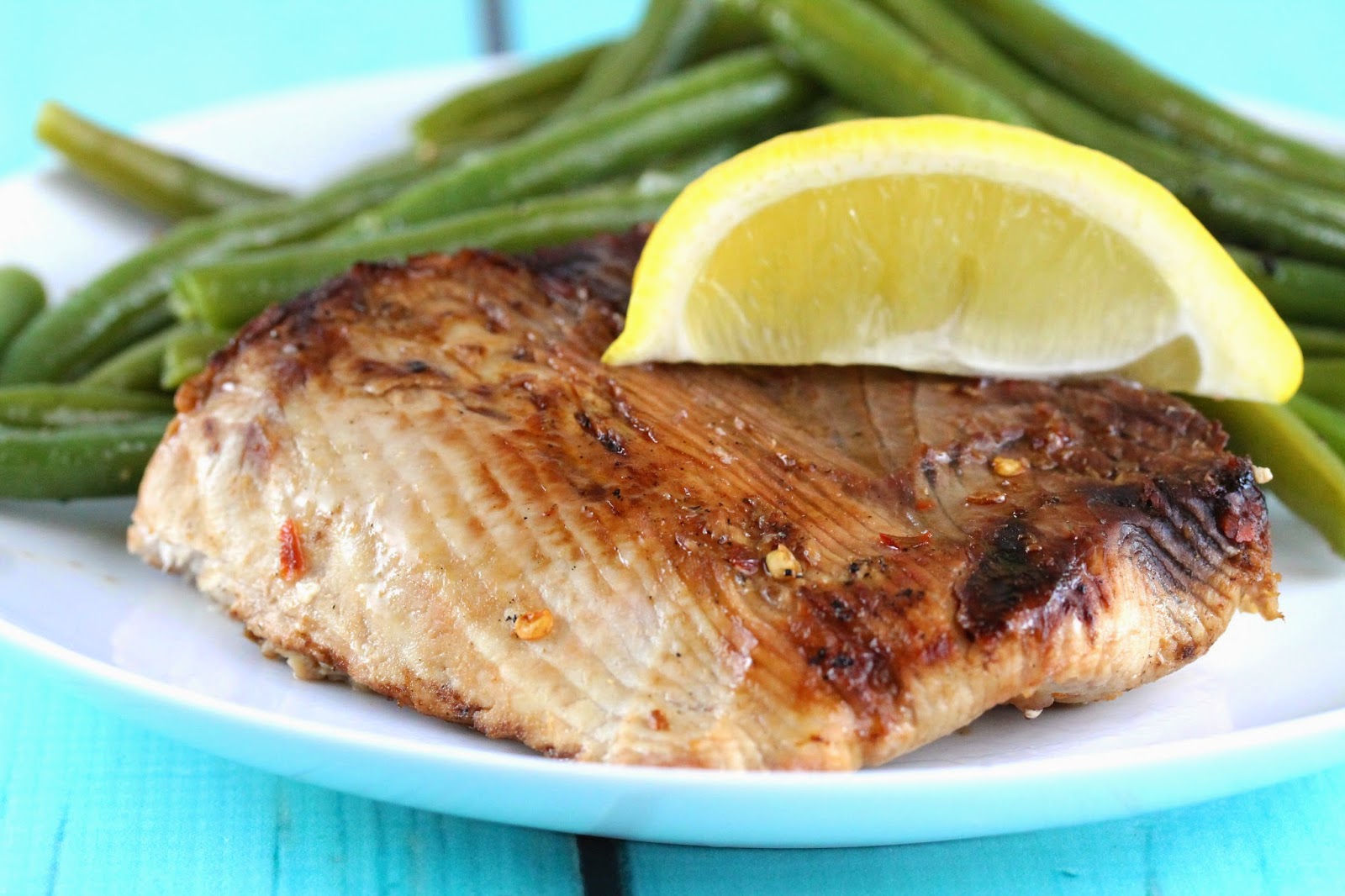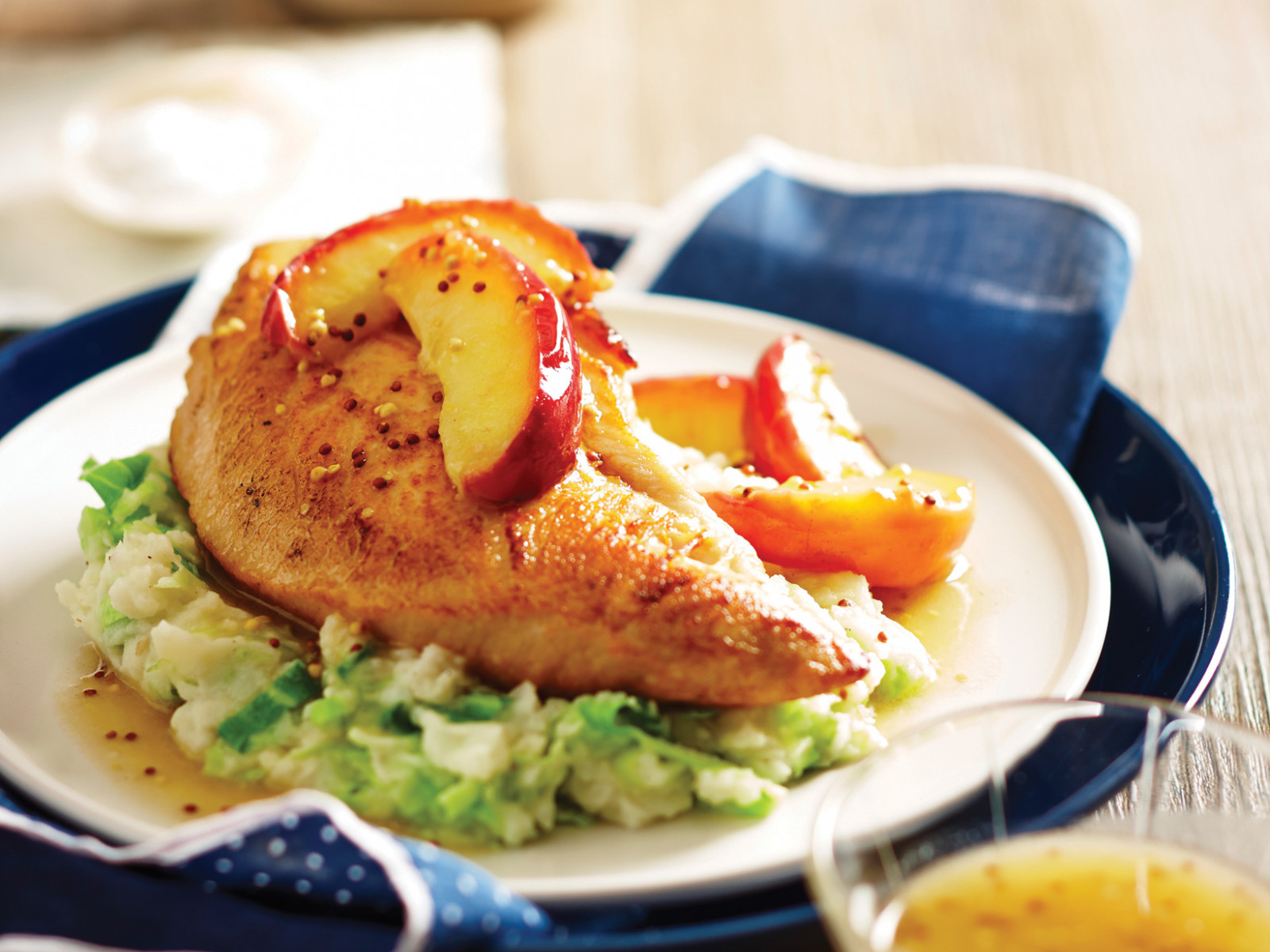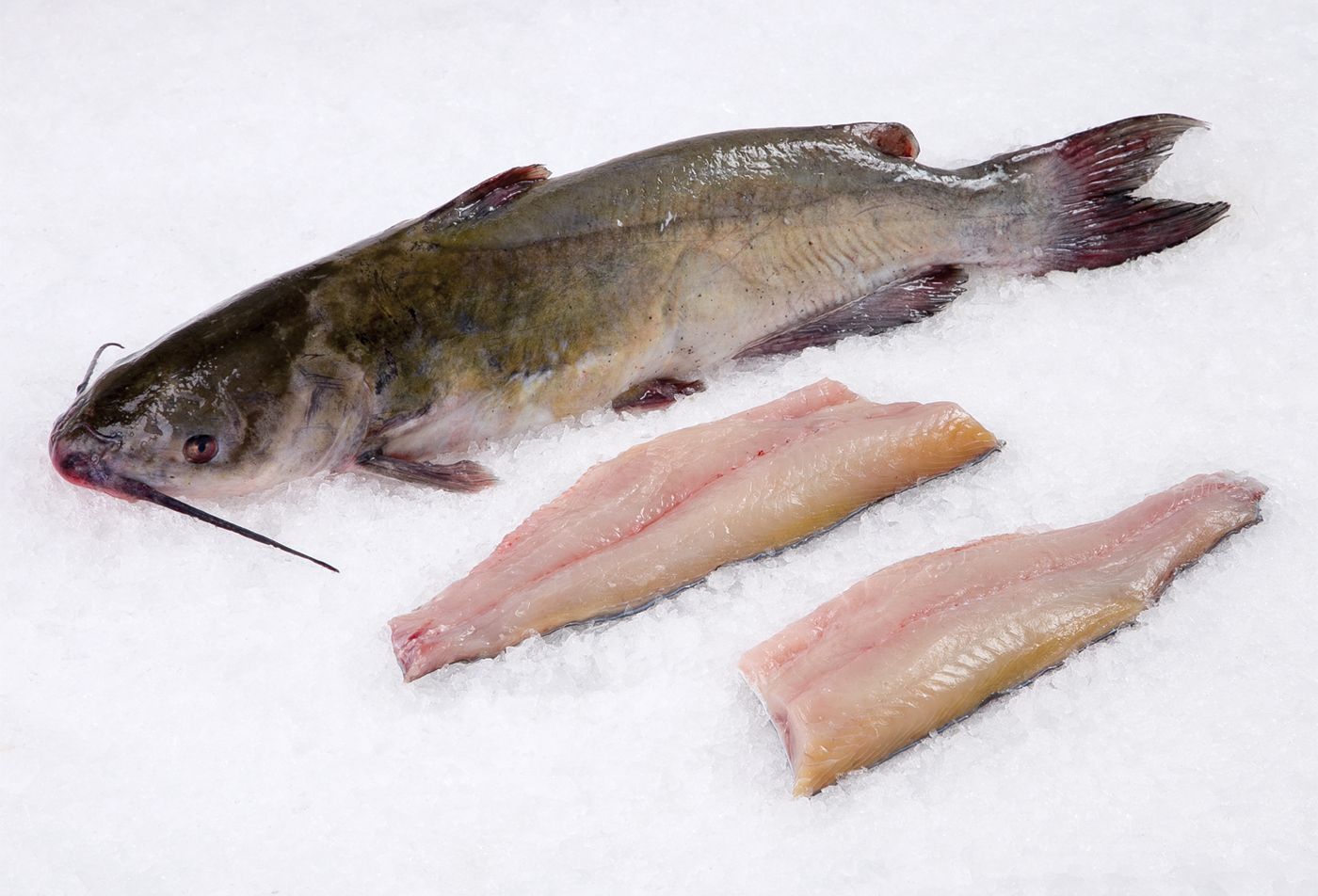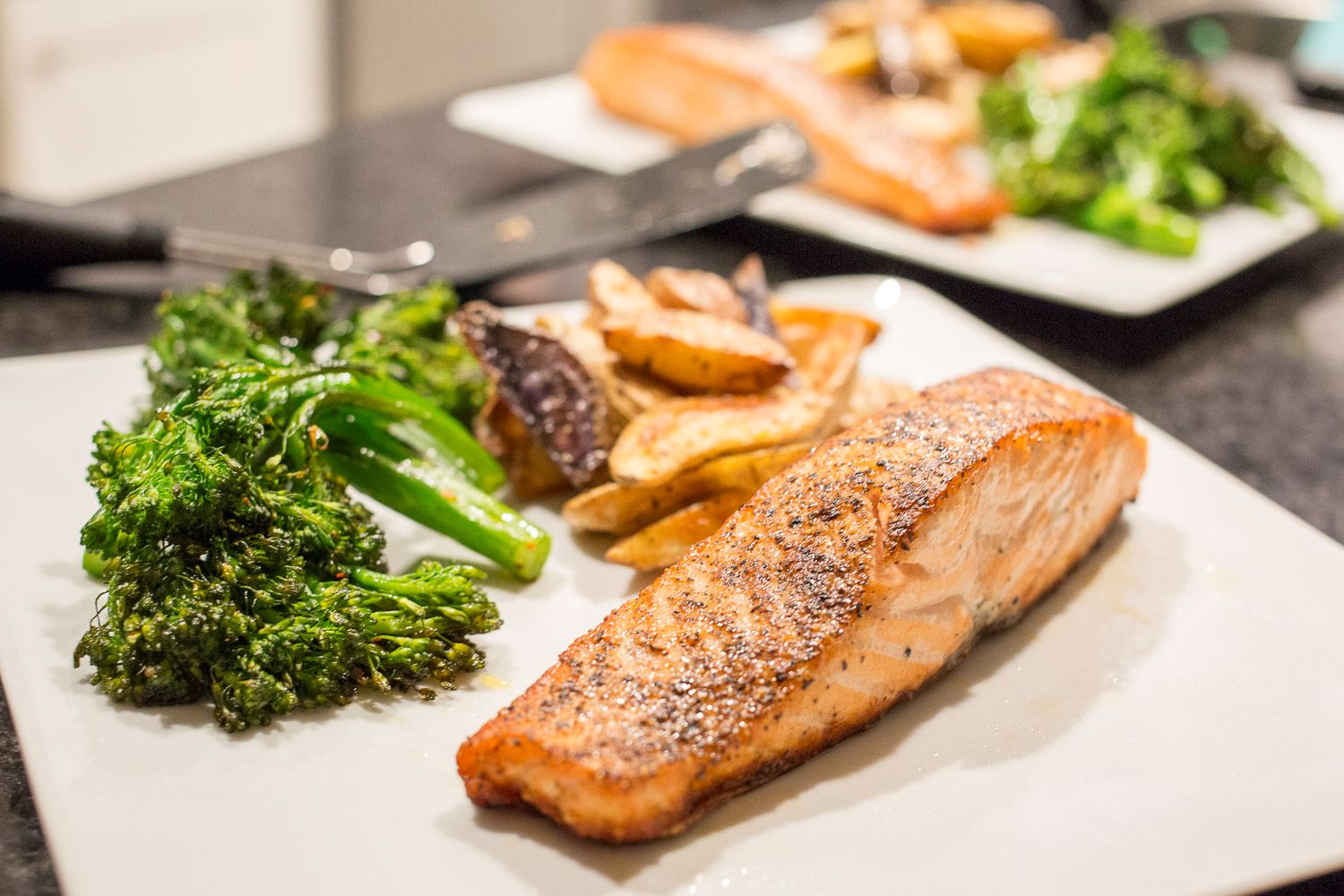Sure, I can help with that. Here's the HTML-formatted blog post on how to fillet turbot:
Step-by-Step Guide on How to Fillet Turbot
Are you ready to learn how to fillet a turbot like a pro? Turbot is a delicious and prized flatfish that is known for its delicate flavor and firm texture. Filleting a turbot may seem intimidating at first, but with the right technique, you can easily master this skill. Follow these steps to fillet a turbot with ease:
Step 1: Gather Your Tools
Before you begin, make sure you have the right tools for the job. You will need a sharp fillet knife, a cutting board, and a clean towel to grip the fish securely.
Step 2: Prepare the Turbot
Place the turbot on the cutting board with its dark side facing up. Use the towel to hold the turbot firmly in place, and make a small incision behind the gills to start the process.
Step 3: Make the Initial Cuts
Starting from the head, run the fillet knife along the backbone towards the tail, following the natural contour of the fish. Use smooth, steady strokes to separate the flesh from the bones.
Step 4: Remove the Fillet
Once you have separated the fillet from the backbone, carefully lift it away from the bones and place it on a clean surface. Repeat the same process on the other side of the turbot to remove the second fillet.
Step 5: Remove the Skin
To remove the skin from the fillets, place the fillet skin-side down on the cutting board. Hold the tail firmly and slide the knife between the flesh and the skin, using a back-and-forth motion to separate the two.
Step 6: Trim and Clean the Fillets
Inspect the fillets for any remaining bones or dark flesh, and trim them away with the fillet knife. Rinse the fillets under cold water to remove any scales or residue.
Step 7: Enjoy Your Fresh Turbot Fillets
Now that you have perfectly filleted turbot, it’s time to cook and enjoy your fresh catch. Whether you grill, bake, or pan-sear the fillets, you can savor the delicate flavor and firm texture of turbot in your favorite seafood dishes.
With these simple steps, you can confidently fillet a turbot and elevate your culinary skills. Practice makes perfect, so don’t be discouraged if it takes a few tries to master the technique. Soon enough, you’ll be filleting turbot like a seasoned chef!
Remember, the key to successful filleting is using a sharp knife and having patience. With practice and determination, you’ll be able to fillet turbot with ease and impress your friends and family with your culinary expertise.











